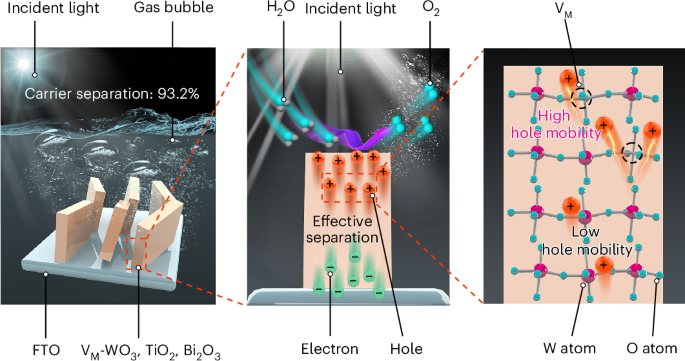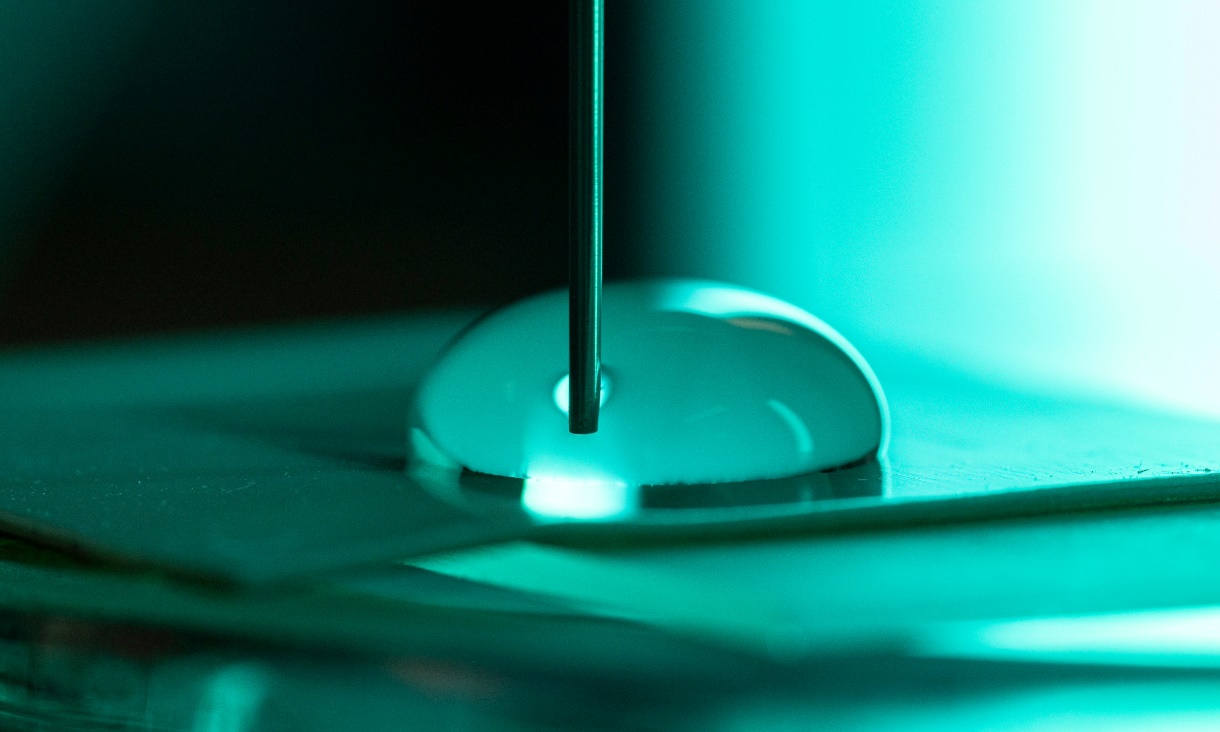2025-03-11 ミュンヘン大学 (LMU)
<関連情報>
- https://www.lmu.de/en/newsroom/news-overview/news/nanomaterials-the-power-of-absence.html
- https://www.nature.com/articles/s41929-025-01300-1
半導体酸化物中の金属空孔は、効率的な光電気化学的水分解のための正孔移動度を高める Metal vacancies in semiconductor oxides enhance hole mobility for efficient photoelectrochemical water splitting
Jun Wang,Kang Liu,Wanru Liao,Yicui Kang,Hanrui Xiao,Yingkang Chen,Qiyou Wang,Tao Luo,Jiawei Chen,Hongmei Li,Ting-Shan Chan,Shanyong Chen,Evangelina Pensa,Liyuan Chai,Fangyang Liu,Liangxing Jiang,Changxu Liu,Junwei Fu,Emiliano Cortés & Min Liu
Nature Catalysis Published:25 February 2025
DOI:https://doi.org/10.1038/s41929-025-01300-1

Abstract
Achieving efficient carrier separation in transition-metal-oxide semiconductors is crucial for their applications in optoelectronic and catalytic devices. However, the substantial disparity in mobility between holes and electrons heavily limits device performance. Here we develop a general strategy for enhancing hole mobility via reducing their effective mass through metal vacancy (VM) management. The introduction of VM yields remarkable improvements in hole mobility: 430% for WO3, 350% for TiO2 and 270% for Bi2O3. To illustrate the importance of this finding, we applied the VM concept to photoelectrochemical water splitting, where efficient carrier separation is highly coveted. In particular, VM-WO3 achieves a 4.4-fold enhancement in photo-to-current efficiency, yielding a performance of 4.8 mA cm−2 for both small- and large-scale photoelectrodes with exceptional stability for over 120 h.



